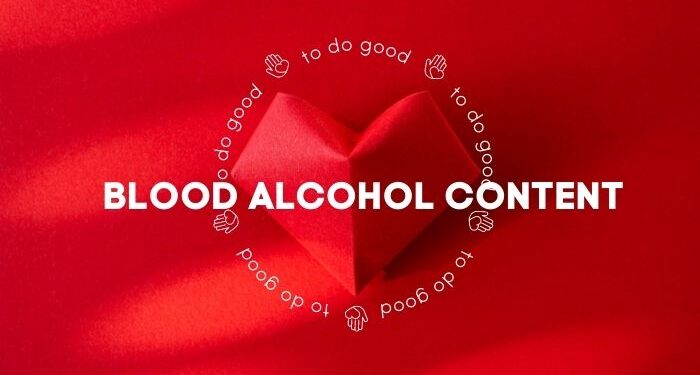The amount of alcohol in your blood that results from consuming alcoholic beverages is known as your blood alcohol content (BAC). From 0% (no alcohol) to above 0.4% are possible levels (a potentially fatal level).
The quantity of alcohol in your blood is known as your blood alcohol content (BAC), often referred to as blood alcohol level.
Beer, wine, and liquor all contain alcohol (also known as ethanol or ethyl alcohol), which makes people feel drunk. When you consume an alcoholic beverage, the alcohol is quickly absorbed by your stomach and small intestines and enters your bloodstream. Your liver then metabolises the alcohol to filter it out of your blood because alcohol is toxic to your body.
You may experience the consequences of intoxication, also known as drunkenness, if you consume alcohol more quickly than your liver can process it. This raises your blood alcohol concentration (BAC). Your liver can typically process one alcoholic drink each hour. 12 ounces of beer, 5 ounces of wine, or 1.5 ounces of liquor are commonly considered to equal one alcoholic drink. However, the alcohol content of various beers and wines might vary.
Your blood alcohol content can change depending on a number of variables, such as:
- how much booze you’re consuming.
- how quickly you consume alcohol.
- if you consumed a lot of food before drinking.
- Your weight and age.
Also check: how long does alcohol stay in your system
What do various blood alcohol concentrations mean?
Alcohol affects every organ in your body and is a central nervous system depressive (it lessens stimulation in your central nervous system).
The following list explains how various blood alcohol content (BAC) levels might impact your physical and mental health:
- BAC 0.0%: You are sober and have no alcohol in your blood.
- BAC 0.02%: At this level, you might feel relaxed, change in mood, and lose some of your judgement.
- BAC 0.05%: At this level, you can feel loose, be less aware, and have poorer judgement.
- BAC 0.08%: At this level, your judgement and reasoning may be affected, you may have less coordination between your muscles and find it harder to recognise danger.
- BAC 0.10%: At this level, you can have slurred speech, a slower reaction time, and sluggish thinking.
- BAC 0.15%: At this level, you may feel mood changes, nausea, vomiting, loss of balance, and a partial loss of muscle control.
- BAC between 0.15% and 0.30%: In this range, you may feel dizzy, nauseated, and sleepy.
- BAC 0.30% to 0.40%: If your blood alcohol content is in this range, you’re probably suffering from alcohol poisoning, a condition that could be fatal, and you might even lose consciousness.
- BAC more than 0.40%: This is a blood alcohol content that may be lethal. You run the risk of going into a coma and dying from respiratory arrest (absence of breathing).
Alcohol can cause some people to get tolerant to it. This implies that individuals might not experience the same physical and psychological side effects of alcohol consumption as they did in the past. Their blood alcohol level (BAC) is not necessarily lower as a result. It simply implies that they react to alcohol in a different way.
Other Important links:
